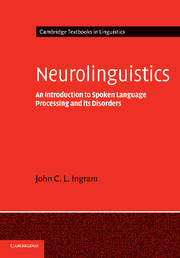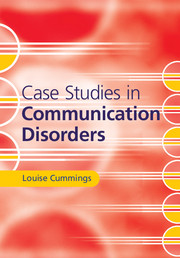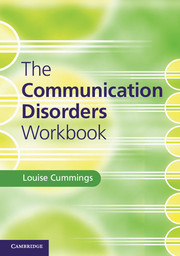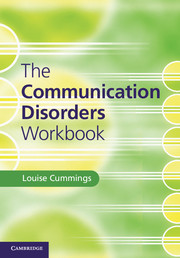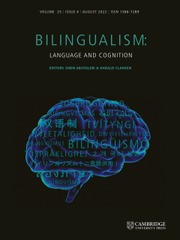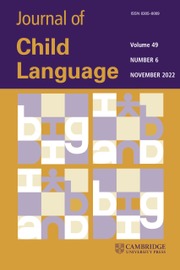Neurolinguistics
What biological factors make human communication possible? How do we process and understand language? How does brain damage affect these mechanisms, and what can this tell us about how language is organized in the brain? The field of neurolinguistics seeks to answer these questions, which are crucial to linguistics, psychology and speech pathology alike. This textbook, first published in 2007, introduces the central topics in neurolinguistics: speech recognition, word and sentence structure, meaning, and discourse - in both 'normal' speakers and those with language disorders. It moves on to provide a balanced discussion of key areas of debate such as modularity and the 'language areas' of the brain, 'connectionist' versus 'symbolic' modelling of language processing, and the nature of linguistic and mental representations. Making accessible over half a century of scientific and linguistic research, and containing extensive study questions, it will be welcomed by all those interested in the relationship between language and the brain.
- Provides a balanced discussion of the major conflicting arguments/theories about language and the brain
- Synthesizes over half a century's worth of primary scientific literature, making it accessible to a student audience
- Covers up-to-the minute research methods and findings, such as brain imaging techniques
Reviews & endorsements
'… a thorough and in-depth introduction to the field. … Ingram accomplishes a remarkable feat in bringing together the different fields and surveying past and current research in neurolinguistics.' www.roterdorn.de
Product details
November 2007Paperback
9780521796408
444 pages
245 × 176 × 26 mm
0.89kg
60 b/w illus. 37 tables
Available
Table of Contents
- Part I. Foundational Concepts and Issues:
- 1. Introduction and overview
- 2. Aspects of language competence
- 3. The neuroanatomy of language
- 4. On modularity and method
- Part II. Speech Perception and Auditory Processing:
- 5. The problem of speech recognition
- 6. Speech perception: paradigms and findings
- 7. The speech recognition lexicon
- 8. Disorders of auditory processing and word recognition
- Part III. Lexical Semantics:
- 9. Morphology and the mental lexicon
- 10. Semantic features and word meaning
- 11. Lexical semantic disorders in aphasia
- Part IV. Sentence Comprehension:
- 12. Sentence comprehension and syntactic parsing
- 13. On-line processing, working memory and modularity
- 14. Agrammatism and sentence comprehension in aphasia
- Part V. Discourse: Language Comprehension in Context:
- 15. Discourse processing
- 16. Breakdown of discourse (reference and coherence)
- 17. Summary and prospectus.

